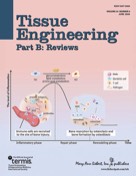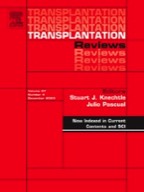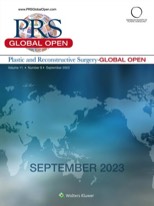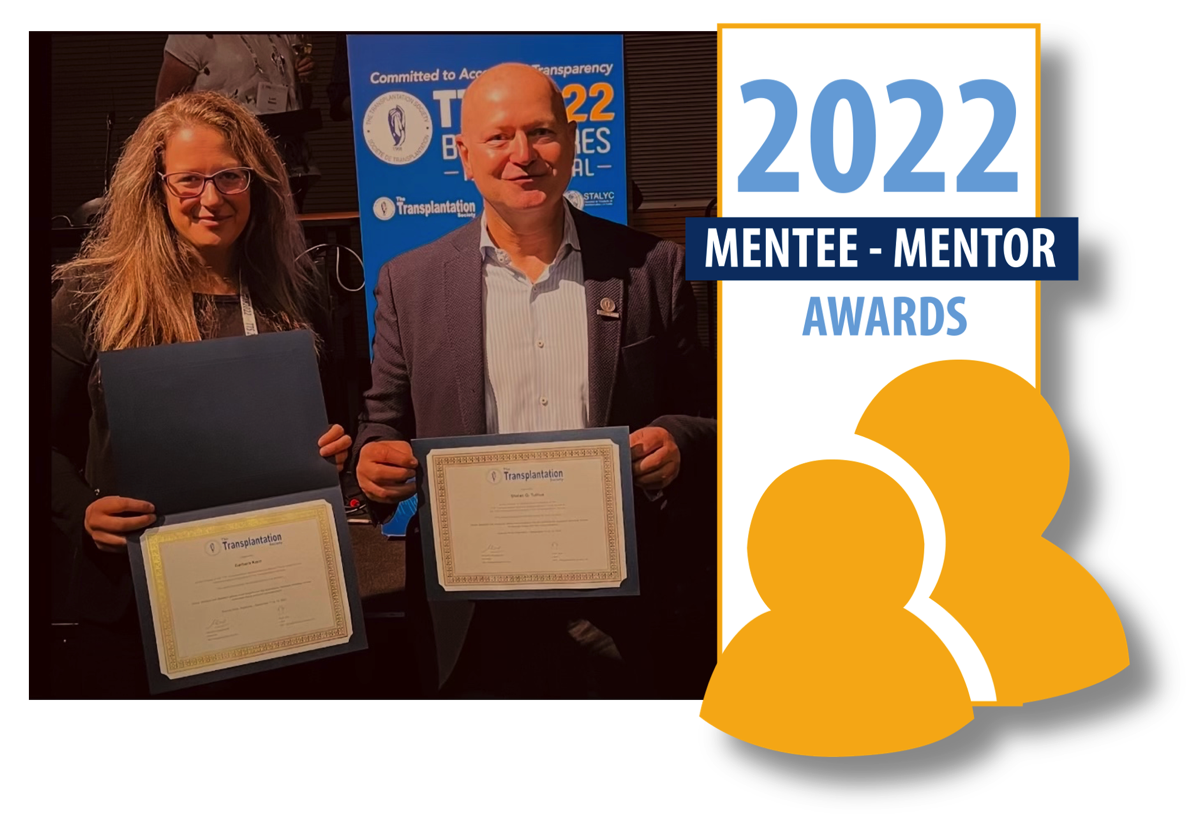Distinctive protein expression in elderly livers in a Sprague-Dawley rat model of normothermic ex vivo liver machine perfusion

Authors are Maximilian Zimmer, Karl H. Hillebrandt, Nora M. Roschke, Steffen Lippert, Oliver Klein, Grit Nebrich, Joseph M.G.V. Gassner, Felix Strobl, Johann Pratschke, Felix Krenzien, Igor M. Sauer, Nathanael Raschzok, and Simon Moosburner.
Liver grafts are frequently declined due to high donor age or age mismatch with the recipient. To improve the outcome of marginal grafts, we aimed to characterize the performance of elderly vs. young liver grafts in a standardized rat model of normothermic ex vivo liver machine perfusion (NMP).
Livers from Sprague-Dawley rats aged 3 or 12 months were procured and perfused for 6 h using a rat NMP system or collected as a reference group (n = 6/group). Tissue, bile, and perfusate samples were used for biochemical, and proteomic analyses.
All livers cleared lactate during perfusion and continued to produce bile after 6 h of perfusion (614 mg/h). Peak urea levels in 12-month-old animals were higher than in younger animals. Arterial and portal venous pressure, bile production and pH did not differ between groups. Proteomic analysis identified a total of 1477 proteins with oxidoreductase and catalytic activity dominating the gene ontology analysis. Proteins such as aldehyde dehydrogenase 1A1 and 2-Hydroxyacid oxidase 2 were significantly more present in livers of older age.
Young and elderly liver grafts exhibited similar viability during NMP, though proteomic analyses indicated that older grafts are less resilient to oxidative stress. Our study is limited by the elderly animal age, which corresponds to mature but not elderly human age typically seen in marginal human livers. Nevertheless, reducing oxidative stress could be a promising therapeutic target in the future.
















































